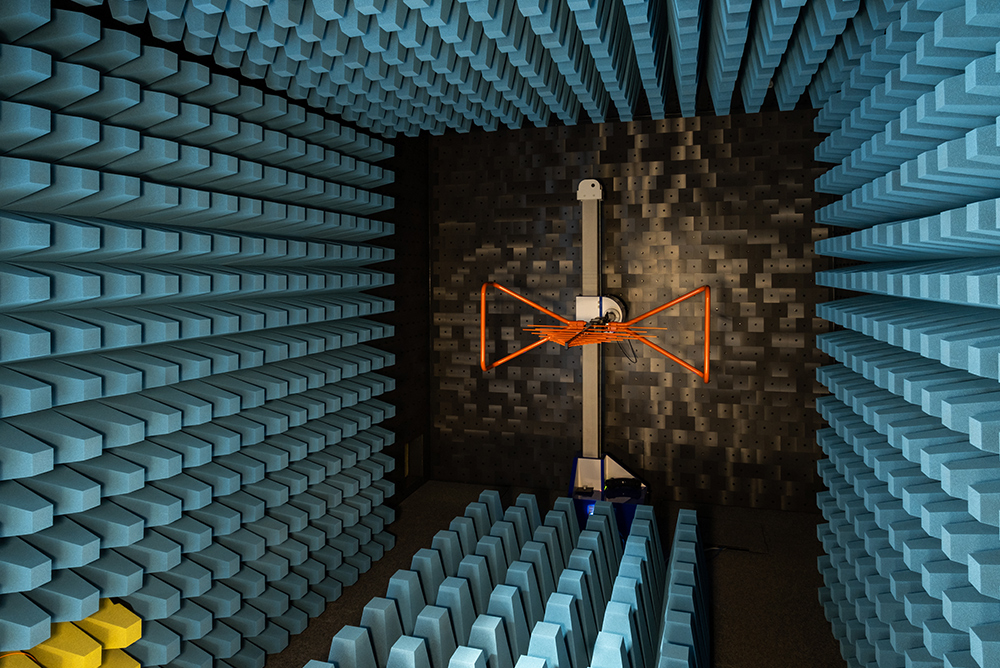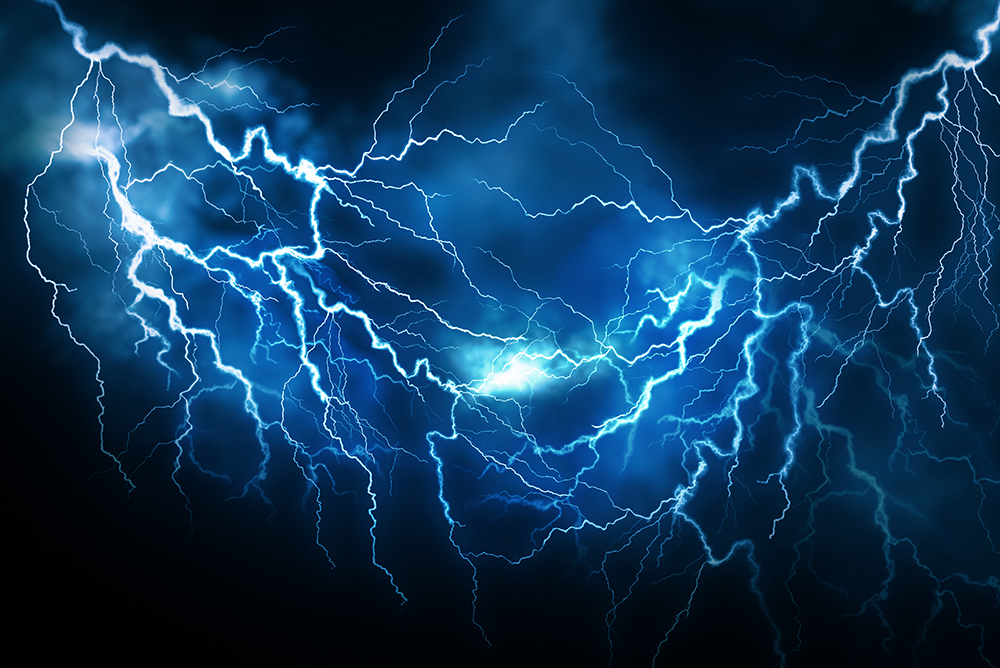Menu
The Trystine TI Innovative Design & Engineering Approach Logic for Electromagnetic Environmental Effects Survivability (IDEAL-E3S™) utilizes a systematic approach to the Design, Qualification & Sustainment for System E3 Survivability & Operational Capabilities. With over 100 years of experience, the Trystine TI team provides novel and cost-effective solutions.

Subsystem Level Survivability requirements are based on Electromagnetic Interference (EMI) emissions and susceptibility of Electronic Subsystems. The requirements may originate from MIL-STD 461, the International Electrotechnical Commission (IEC) Comité International Spécial des Perturbations Radioélectriques (CISPR), the Institute of Electrical and Electronics Engineers (IEEE) & European Standards (EN). Environments, effects & tests include, but are not limited to:
System Level Survivability requirements are based on E3 interface requirements and verification criteria which may originate from MIL-STD 464 and Aeronautical Design Standard (ADS) 37A. Environments, effects & tests include, but are not limited to:


Transient Electromagnetic Survivability requirements are based on E3 interface and verification criteria which may originate from MID-STD 464, MIL-STD 2169, EN/IEC standards, & MIL-STD 188-125. Environments, effects & tests include, but are not limited to:
E3 Documentation is a critical aspect to the success of any E3 Survivability Program & requires E3 professional expertise. E3 Documentation includes, but is not limited to:
